
Phakse Province: A Hidden Gem in Laos
Discover Phakse Province in Laos: Explore stunning waterfalls, ancient temples, and vibrant local markets in this serene and culturally rich destination.
Nestled in the heart of Laos, Phakse Province is a treasure trove of natural beauty and cultural richness. This lesser-known destination offers a serene escape from the hustle and bustle of more popular tourist spots. With its lush landscapes, cascading waterfalls, and vibrant local markets, Phakse is a paradise for nature lovers and adventurers alike. One of the highlights of Phakse Province is the Bolaven Plateau, renowned for its coffee plantations and stunning waterfalls such as Tad Fane and Tad Yuang. The plateau provides a cool climate and fertile soil, making it an ideal location for growing some of the best coffee in the world. Visitors can enjoy tours of the plantations, where they can learn about the coffee-making process and sample the local brews. Phakse is also home to the ancient temple complex of Wat Phou, a UNESCO World Heritage site. This Khmer temple, dating back to the 5th century, offers a fascinating glimpse into the region's historical and religious significance. The temple is set against the backdrop of Mount Phou Khao, providing breathtaking views and a peaceful atmosphere for reflection. For those interested in local culture, Phakse's bustling markets are a must-visit. The markets are filled with fresh produce, handmade crafts, and traditional Lao textiles. It's a great place to mingle with the locals and experience the vibrant everyday life of the province.
Local tips in Phakse Province
- Visit the Bolaven Plateau early in the morning to avoid crowds and enjoy the cool climate.
- Hire a local guide at Wat Phou to gain deeper insights into the history and significance of the temple complex.
- Try the locally grown coffee at one of the many coffee shops and plantations in the Bolaven Plateau.
- Visit the local markets early to get the freshest produce and the best selection of handmade crafts.
- Pack comfortable walking shoes, as many of the attractions involve some hiking or walking.
Phakse Province: A Hidden Gem in Laos
Nestled in the heart of Laos, Phakse Province is a treasure trove of natural beauty and cultural richness. This lesser-known destination offers a serene escape from the hustle and bustle of more popular tourist spots. With its lush landscapes, cascading waterfalls, and vibrant local markets, Phakse is a paradise for nature lovers and adventurers alike. One of the highlights of Phakse Province is the Bolaven Plateau, renowned for its coffee plantations and stunning waterfalls such as Tad Fane and Tad Yuang. The plateau provides a cool climate and fertile soil, making it an ideal location for growing some of the best coffee in the world. Visitors can enjoy tours of the plantations, where they can learn about the coffee-making process and sample the local brews. Phakse is also home to the ancient temple complex of Wat Phou, a UNESCO World Heritage site. This Khmer temple, dating back to the 5th century, offers a fascinating glimpse into the region's historical and religious significance. The temple is set against the backdrop of Mount Phou Khao, providing breathtaking views and a peaceful atmosphere for reflection. For those interested in local culture, Phakse's bustling markets are a must-visit. The markets are filled with fresh produce, handmade crafts, and traditional Lao textiles. It's a great place to mingle with the locals and experience the vibrant everyday life of the province.
When is the best time to go to Phakse Province?
Iconic landmarks you can’t miss
Tad Gneuang Waterfall
Explore the breathtaking beauty of Tad Gneuang Waterfall in Champasak Province, a must-visit natural attraction that enchants every traveler.
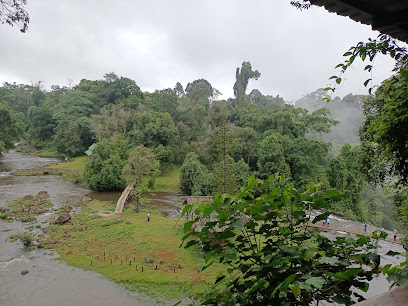
Vat Phou
Explore Vat Phou, a UNESCO World Heritage site in southern Laos, rich in history, stunning architecture, and breathtaking natural beauty.
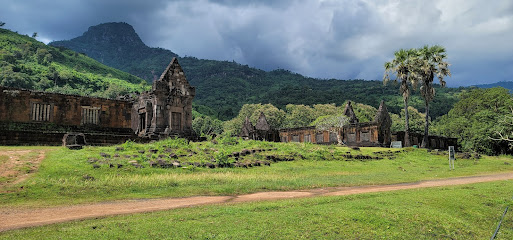
Wat Phousalao
Experience the tranquility and cultural richness of Wat Phousalao, a stunning Buddhist temple with panoramic views of Pakse and the Mekong River.
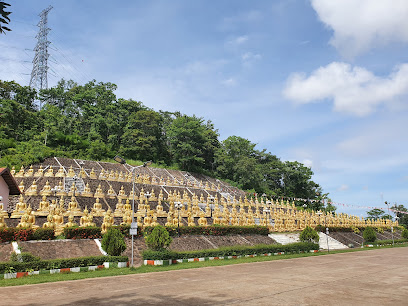
Li Phi Somphamit Waterfalls
Experience the breathtaking beauty of Li Phi Somphamit Waterfalls in Laos, a majestic natural wonder surrounded by lush scenery and vibrant wildlife.
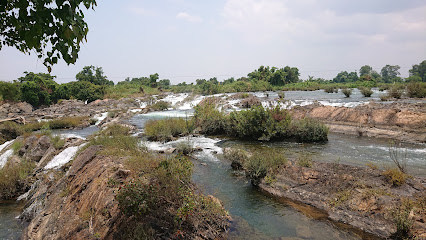
Tad Fane Waterfall
Discover the enchanting beauty of Tad Fane Waterfall, a serene paradise in Paksong, Laos, perfect for nature lovers and adventure seekers.
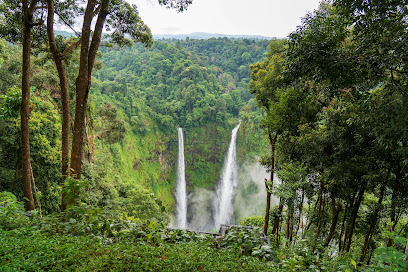
Wat Luang
Discover the serene beauty of Wat Luang in Pakse, a stunning Buddhist temple rich in culture and spirituality, perfect for every traveler seeking tranquility.
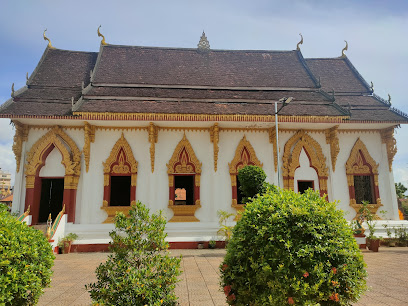
Athena Hotel
Discover the tranquil charm of Athena Hotel in Pakse, Laos, where comfort meets local culture amidst stunning natural beauty.

Bolaven Plain Laos
Discover the serene beauty of Bolaven Plain in Laos, where stunning waterfalls and lush coffee plantations await your exploration.
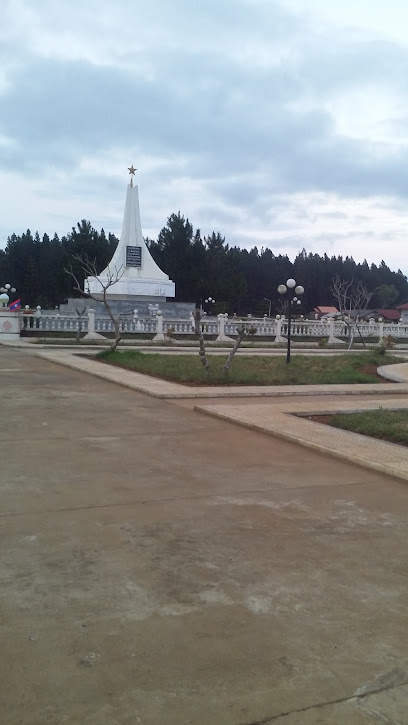
Old French Port Don Det
Explore the historic charm of Old French Port Don Det, a captivating destination with stunning views, rich culture, and delightful local experiences along the Mekong River.
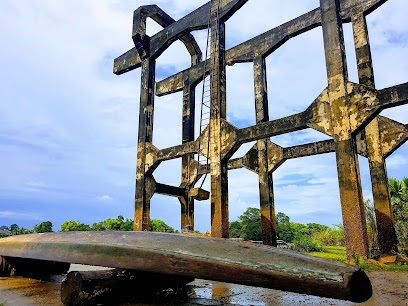
Waterfall on Mekong river
Discover the serene beauty of the Waterfall on the Mekong River, a hidden gem in southern Laos that promises breathtaking views and tranquility.
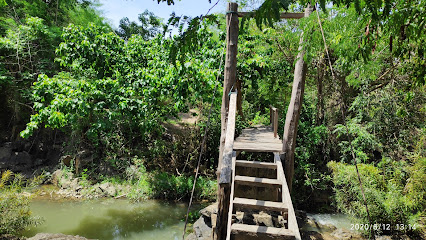
Lao-Nippon Bridge
Discover the stunning Lao-Nippon Bridge in Pakse, a vital landmark offering breathtaking views over the Mekong River and a glimpse into local life.

Si Phan Don
Explore the serene beauty of Si Phan Don, a stunning archipelago in Laos featuring lush landscapes, rich culture, and endless adventure opportunities.
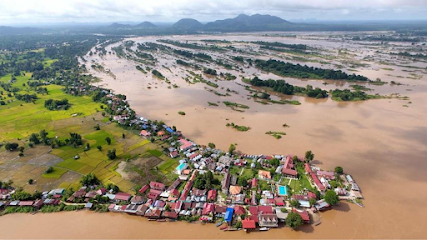
Vat Chompet
Experience the tranquil beauty of Vat Chompet, home to the tallest pagoda in southern Laos, where spirituality meets stunning views and rich culture.
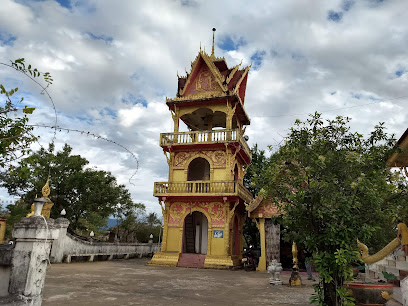
Chinese Temple
Explore the serene beauty and cultural richness of the Chinese Temple, a historical landmark in Pakse that enchants visitors with its intricate architecture.
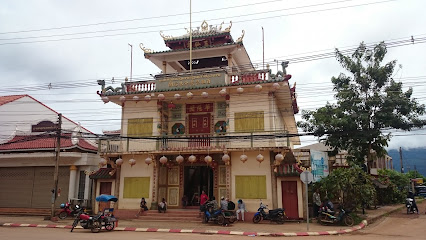
Wat Tomo
Experience the tranquility and rich heritage of Wat Tomo, a serene Buddhist temple in Muang Champassak, Laos, perfect for cultural exploration.

Unmissable attractions to see
Chao Anouvong Park
Discover the beauty and tranquility of Chao Anouvong Park, a serene urban oasis in the heart of Vientiane, Laos, perfect for relaxation and cultural immersion.
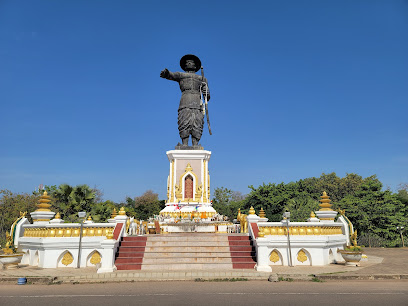
Talat Sao Morning Market
Experience the vibrant culture of Laos at Talat Sao Morning Market, a must-visit destination for fresh produce, crafts, and local delicacies.
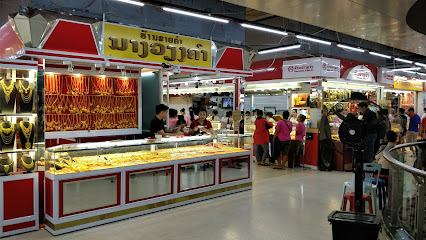
Night Market
Discover the vibrant Luang Prabang Night Market, where local crafts, delicious street food, and cultural experiences await every visitor.
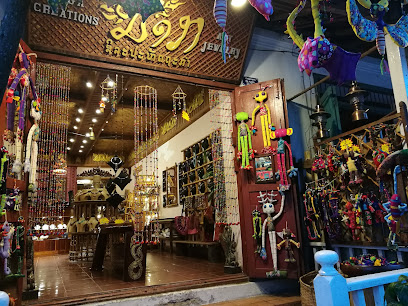
Vat Phou
Discover the ancient Khmer heritage at Vat Phou, a UNESCO World Heritage site in southern Laos, blending history, spirituality, and stunning landscapes.
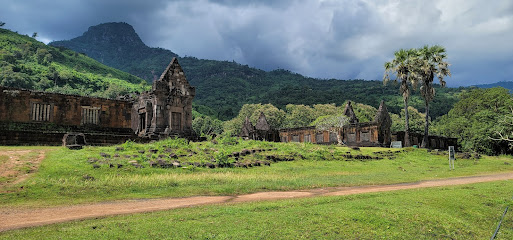
Phou Phanang National Bio-Diversity Conservation Area
Explore Phou Phanang National Bio-Diversity Conservation Area, a stunning national park in Laos, teeming with diverse wildlife and breathtaking landscapes.
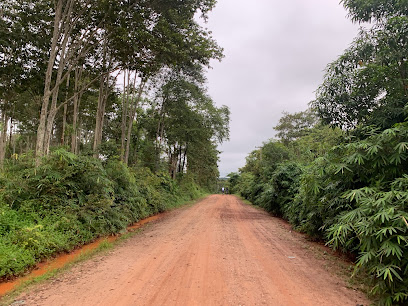
Nam Xay Viewpoint
Experience the stunning beauty of Nam Xay Viewpoint in Laos, where breathtaking mountain vistas and serene landscapes await every traveler.
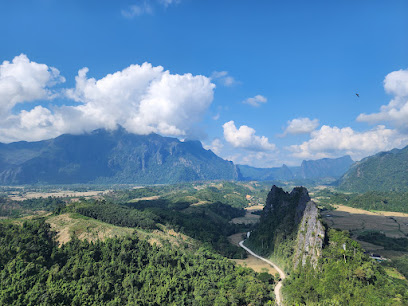
Khone Phapheng Waterfall
Experience the breathtaking beauty of Khone Phapheng Waterfall, the largest waterfall in Southeast Asia, surrounded by lush landscapes and vibrant culture.
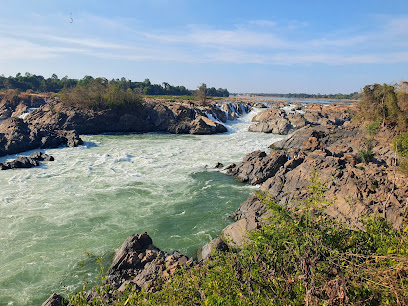
Phou Hin Poun National Bio-Diversity Conservation Area
Explore Phou Hin Poun National Bio-Diversity Conservation Area: a breathtaking national park with stunning landscapes and rich biodiversity in Laos.
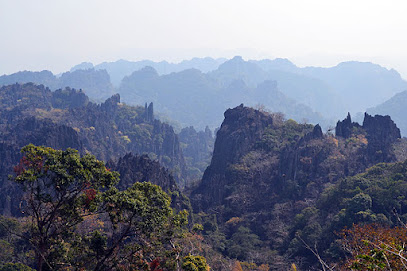
Wat Phousalao
Experience tranquility and breathtaking views at Wat Phousalao, a stunning Buddhist temple in Pakse overlooking the Mekong River.
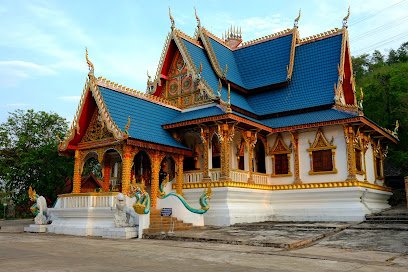
Li Phi Somphamit Waterfalls
Explore the stunning Li Phi Somphamit Waterfalls in Khon Tai, Laos, a breathtaking natural attraction perfect for nature lovers and adventure seekers.
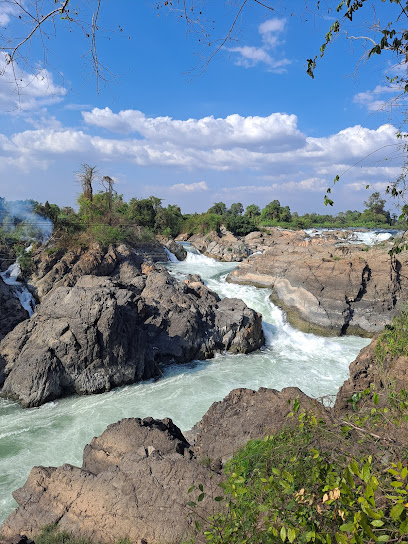
COPE Visitor Centre
Discover the inspiring stories of resilience and recovery at the COPE Visitor Centre in Vientiane, a must-visit destination for every traveler.

ຖຳ້ນຳ້ Tham Nam (Water Cave)
Discover the tranquility of Tham Nam Water Cave, an enchanting natural wonder in Vientiane, Laos, perfect for adventurers and nature lovers alike.
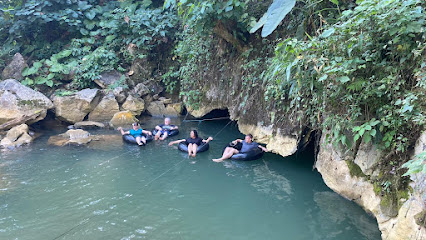
The Gibbon Experience
Experience the thrill of ziplining through lush jungles at The Gibbon Experience, an eco-tourism adventure in the heart of Laos.
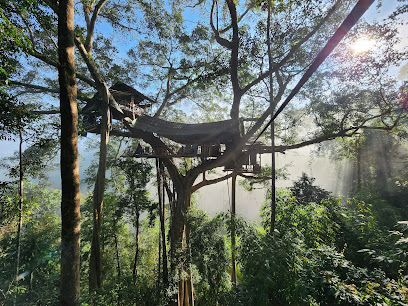
The Living Land Company
Experience the fusion of agriculture and culinary excellence at The Living Land Company in Luang Prabang, where culture and flavor come together.

Nakai-Nam Theun National Park
Explore the breathtaking landscapes and rich biodiversity of Nakai-Nam Theun National Park in Laos, a must-visit for every nature lover and adventure seeker.
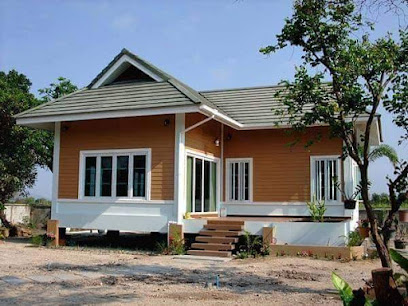
Essential places to dine
Tamarind
Discover authentic Laotian flavors at Tamarind in Luang Prabang—where tradition meets modern dining.
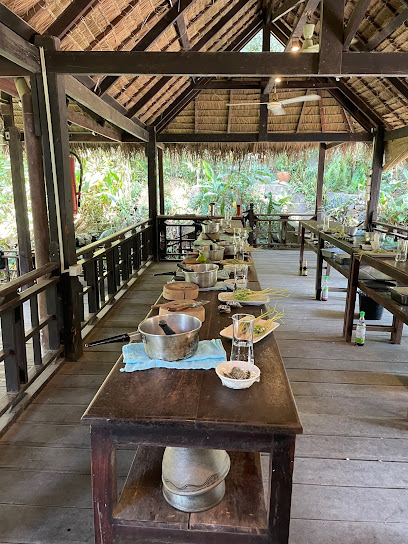
Dok Mai Lao Caffe' Restaurant
Discover authentic Italian cuisine at Dok Mai Lao Caffe' Restaurant in Pakse - where every dish tells a delicious story.
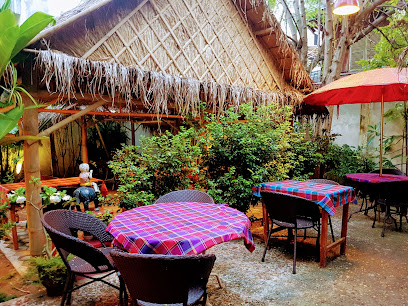
Phonheuang Cafe
Discover authentic Laotian cuisine at Phonheuang Cafe in Luang Prabang—where every dish tells a story.
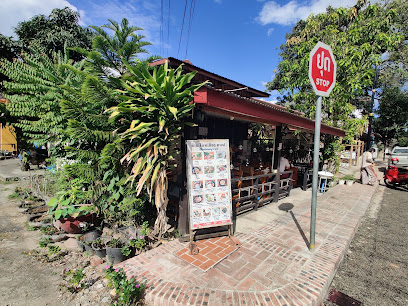
Sabaidee Pakse Restaurant
Discover authentic Laotian cuisine at Sabaidee Pakse Restaurant in Pakse—an unforgettable dining experience filled with local flavors.
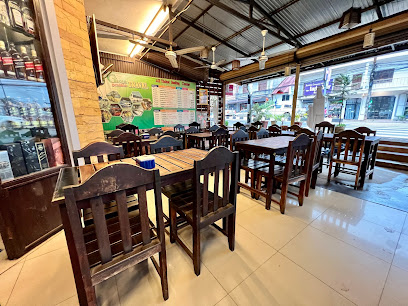
Gaspard
Discover exquisite French cuisine at Gaspard in Luang Prabang - where culinary artistry meets local charm.
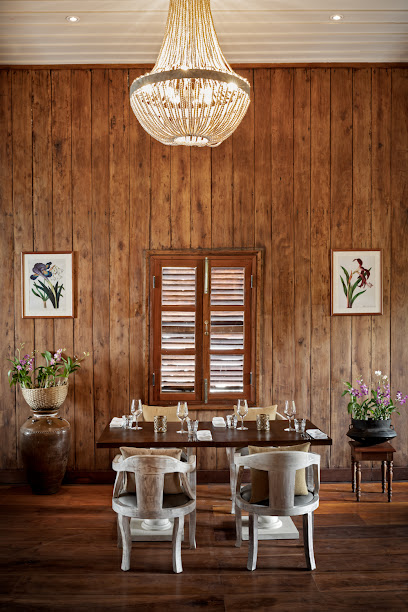
Meiling restaurant
Discover authentic Asian flavors at Meiling Restaurant in Pakse - where culinary excellence meets warm hospitality.
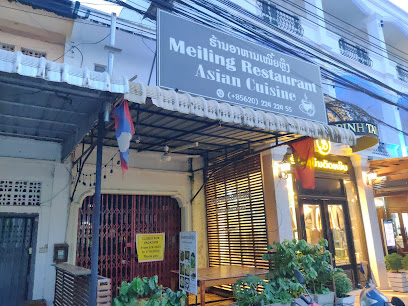
Dornsokdee Restaurant
Experience the rich flavors of authentic Laotian barbecue at Dornsokdee Restaurant in Pakse – where every meal tells a story.
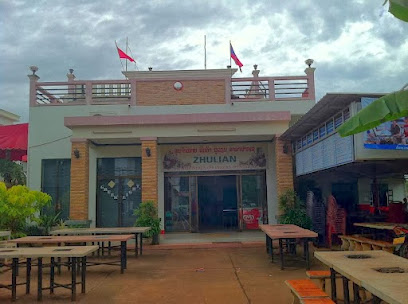
C'est La Vie
Experience the fusion of traditional Lao flavors and modern cuisine at C'est La Vie in Luang Prabang – a must-visit dining destination.
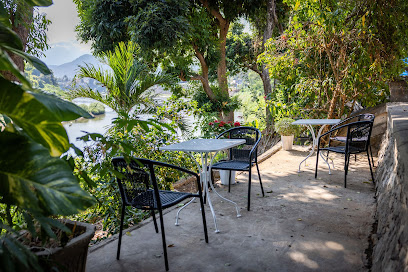
La Mémoire Café & Restaurant
Discover La Mémoire Café & Restaurant in Pakse – where Western flair meets Lao tradition in every delicious bite.
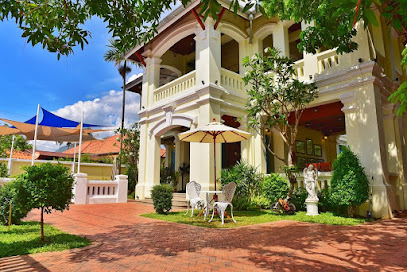
Khamfong Boat Restaurant
Experience authentic Laotian flavors at Khamfong Boat Restaurant while enjoying stunning views of the Mekong River in Pakse.
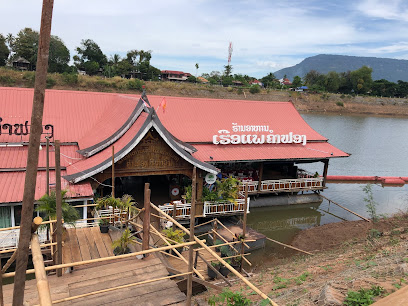
Daolin Restaurant
Discover authentic Laotian flavors at Daolin Restaurant in Pakse - where every meal tells a story.
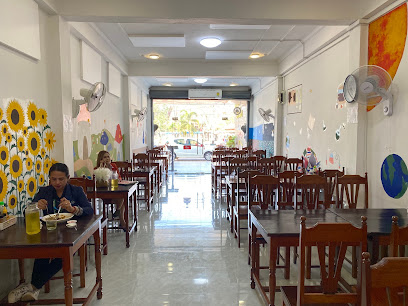
Delta Coffee Shop & Restaurant
Discover delicious Thai cuisine and local specialties at Delta Coffee Shop & Restaurant in Pakse - your go-to spot for authentic flavors.
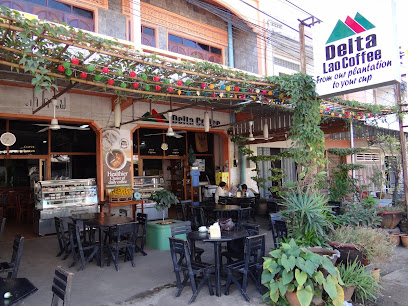
Hasan Indian Restaurant
Experience authentic Indian cuisine at Hasan Indian Restaurant in Pakse – a flavorful escape into India's culinary heritage.
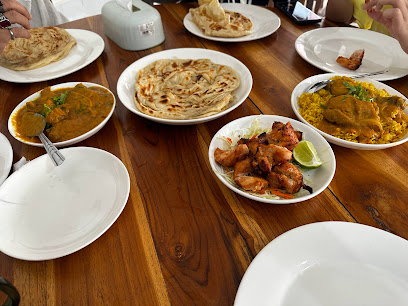
Rainforest Bistro & Bar
Experience authentic flavors at Rainforest Bistro & Bar in Luang Prabang - where local cuisine meets global influences.
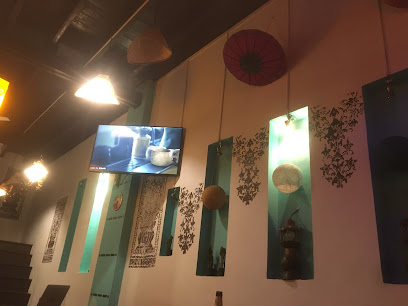
Le Panorama
Experience exquisite dining at Le Panorama in Pakse with stunning views and delightful local flavors that will tantalize your taste buds.

Markets, malls and hidden boutiques
Champasak Grand Hotel
Discover unparalleled luxury and cultural charm at Champasak Grand Hotel, your gateway to exploring the wonders of Southern Laos.

Pakse Hotel & Restaurant
Experience the warm hospitality of Pakse Hotel & Restaurant, where comfort meets culinary delight in the heart of southern Laos.

Sabaidee Valley Resort
Experience the serene beauty of Laos at Sabaidee Valley Resort, your perfect getaway with stunning views, delicious cuisine, and local charm.
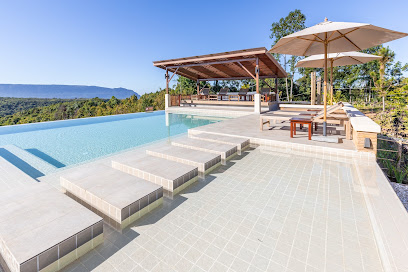
Arawan Riverside Hotel
Experience serenity and comfort at Arawan Riverside Hotel, a scenic riverside retreat in Pakse, Laos, perfect for relaxation and cultural exploration.
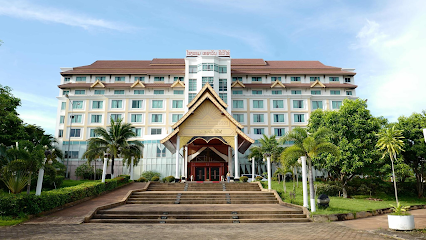
The River Resort
Experience unparalleled luxury and natural beauty at The River Resort, a tranquil retreat in Champasak, Laos, where relaxation meets adventure.

Champasak Palace Hotel
Discover serenity and wellness at Champasak Palace Hotel, your tranquil retreat in the heart of Pakse, Laos.

CC 1971 Café
Discover the tranquil charm of CC 1971 Café in Paksong, where exceptional coffee meets a warm, inviting atmosphere.
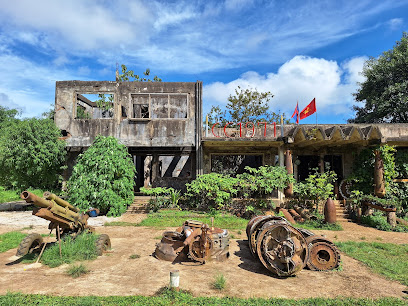
Jhaicoffee
Experience the rich flavors of Laotian coffee at Jhaicoffee, a charming coffee shop in Paksong, where every sip tells a story.
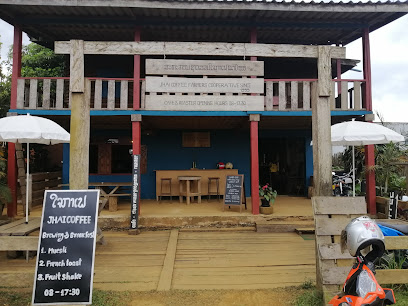
Nangnoi Guesthouse
Experience the heart of Pakse at Nangnoi Guesthouse, where comfort meets local charm in a serene setting.

Parisien Cafe
Discover the enchanting Parisien Cafe in Pakse, where exquisite coffee and delightful pastries create an unforgettable experience.
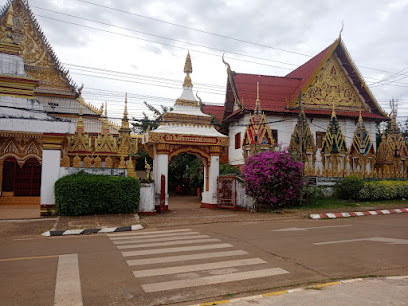
Amor Cafe
Amor Cafe: A delightful coffee shop and restaurant in Pakse, Laos, blending local flavors with a cozy atmosphere.
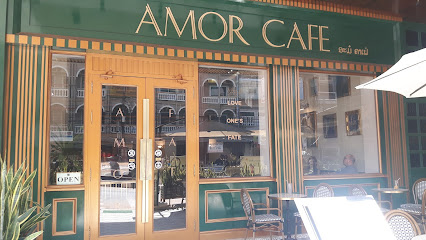
Soubandith Hotel
Experience comfort and affordability at Soubandith Hotel, your ideal base for exploring the treasures of Pakse, Laos.

Dao Heuang Market
Discover the colorful Dao Heuang Market in Pakse, where local culture, delicious street food, and unique souvenirs await every traveler.
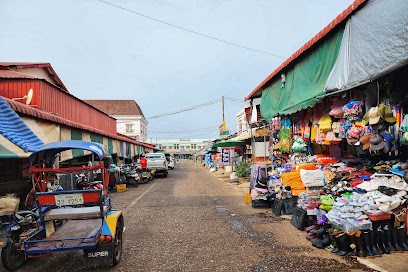
Premium Cafe
Discover Premium Cafe in Paksong: A tranquil coffee haven offering exquisite brews and a cozy atmosphere for travelers seeking relaxation.
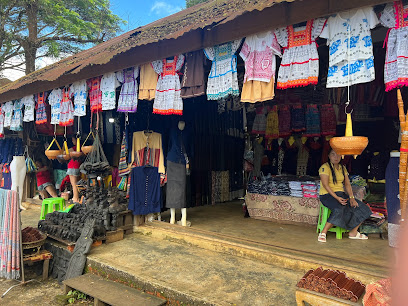
Douangdy Plaza
Experience the vibrant shopping and dining scene at Douangdy Plaza in Pakse, a cultural hub brimming with local charm and modern retail delights.
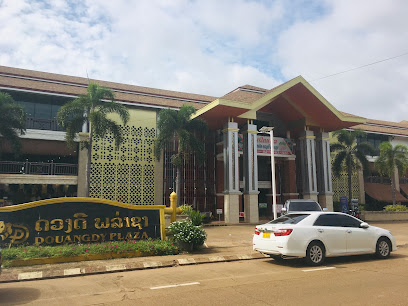
Essential bars & hidden hideouts
Utopia Bar & Restaurant
Experience the perfect blend of relaxation and culinary delight at Utopia Bar & Restaurant in Luang Prabang, where the river meets vibrant culture.
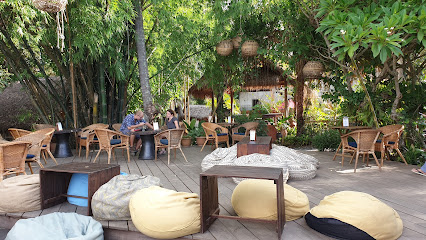
Maolin Tavern
Experience the vibrant nightlife of Luang Prabang at Maolin Tavern, a cozy bar with an extensive drink menu and a lively atmosphere.
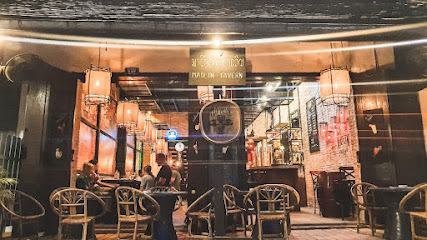
Fullmoon karaoke
Experience the vibrant nightlife of Luang Prabang at Fullmoon Karaoke, where music, fun, and local culture come together for an unforgettable evening.
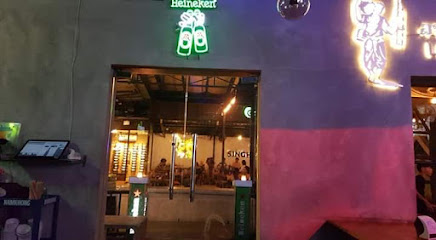
Opera Bar Luang Prabang
Discover the vibrant nightlife of Luang Prabang at Opera Bar, where breathtaking river views and local flavors create the perfect atmosphere.
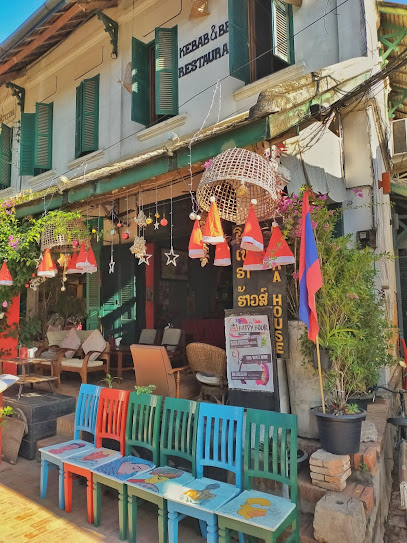
Redbul Sport bar
Experience the colorful nightlife at Redbul Sport Bar in Luang Prabang, where Pan-Asian cuisine meets exceptional cocktails in a vibrant setting.
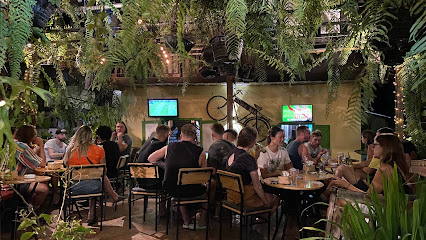
525 Luang Prabang
Experience the best of Laotian cuisine and innovative cocktails in a vibrant setting at 525 Cocktails and Tapas in Luang Prabang.
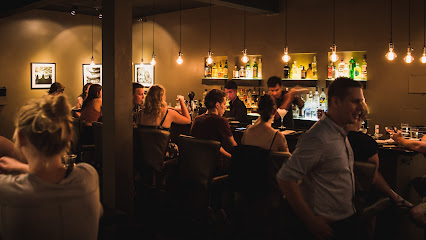
Icon Klub
Discover the vibrant nightlife at Icon Klub, a premier bar in Luang Prabang offering exquisite drinks and a lively atmosphere.
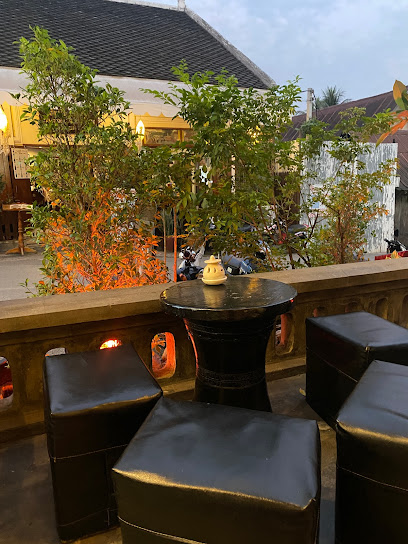
Hive Bar
Discover Hive Bar in Nong Khiaw - a vibrant bar offering refreshing drinks, stunning views, and a welcoming atmosphere for travelers.

Aussie Bar - Sports Bar
Discover the vibrant Aussie Bar in Luang Prabang, where sports, drinks, and great company come together in a unique Australian atmosphere.
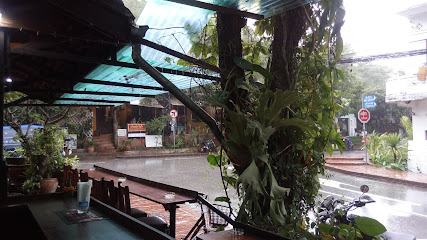
Artisan Bar
Discover Artisan Bar in Luang Prabang: A cocktail haven with a speakeasy ambiance, perfect for unwinding after a day of exploration.
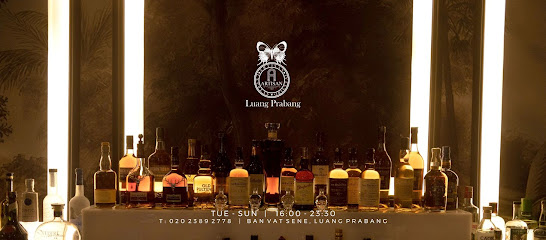
QQ Restaurant and Bar
Explore Luang Prabang's vibrant culture at QQ Restaurant and Bar, where local flavors meet international drinks in a lively atmosphere.
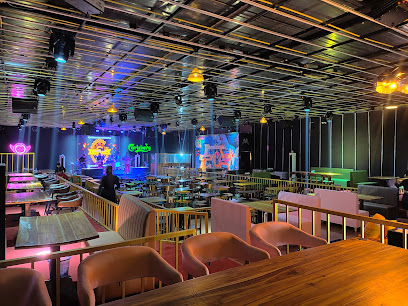
Sky Garden
Discover the breathtaking views and vibrant atmosphere at Sky Garden, Luang Prabang's top bar for unforgettable evenings.
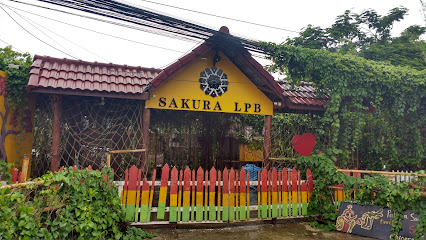
Bounthavy
Experience the vibrant atmosphere of Bounthavy, Luang Prabang's local bar offering unique drinks and a taste of authentic Lao culture.
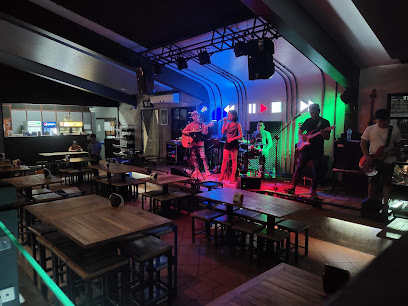
Riverside bar
Experience the perfect blend of relaxation and vibrant atmosphere at the Riverside Bar in Luang Prabang, with stunning views of the Mekong River.
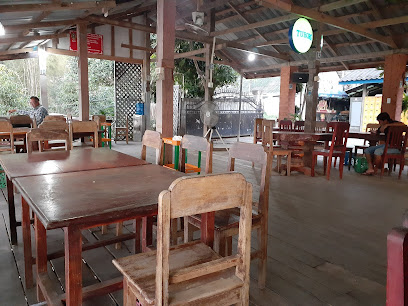
Rooftop bar at indigo hotel
Discover the Rooftop Bar at Indigo Hotel in Luang Prabang, offering stunning views, exquisite drinks, and a serene atmosphere perfect for unwinding.

Local Phrases about Phakse Province
-
- Helloສະບາຍດີ
[sa baai di] - Goodbyeສົບຖາວ
[sop thao] - Yesຮ້ານ
[hai] - Noບໍ່
[bo] - Please/You're welcomeກະລຸນາ
[ka lao na] - Thank youຂອບເຖິງ
[kop jai] - Excuse me/Sorryຂ້າພະນາ
[ka bpa na] - How are you?ເປີດລາວອານານາຍ?
[pen lao an na ny] - Fine. And you?ດີ. ແລະເຈົ້າ?
[di. leu jaow] - Do you speak English?ເຈົ້າพูดພາສາອັງກິດບໍ?
[jaow poot paa sa ang kit bo] - I don't understandຂ້າພະນາ
[mai khao jai]
- Helloສະບາຍດີ
-
- I'd like to see the menu, pleaseຂ້າພະນາ, ຂ້າມິນັງກາ, ເກີດໄປ
[ka bpa na, ka min ngaa, ker pai] - I don't eat meatຂ້າພະນາມີບັນຍາ
[ka bpa na mi banya] - Cheers!ຂ້າພະນາ!
[ka bpa na] - I would like to pay, pleaseຂ້າພະນາຈ່າງຍົກ, ເກີດໄປ
[ka bpa na chang yuk, ker pai]
- I'd like to see the menu, pleaseຂ້າພະນາ, ຂ້າມິນັງກາ, ເກີດໄປ
-
- Help!ຊ້າງຊ້າງ!
[sang sang] - Go away!ຍ້ອງຍ້ອງ!
[nyong nyong] - Call the Police!ໂທລະມັນຕິດຕາມ!
[thaman tid tam] - Call a doctor!ໂທລະມັນທ່ານຫຼາຍ!
[thaman than lai] - I'm lostຂ້າພະນາຊອກຫາ
[ka bpa na sok ha] - I'm illຂ້າພະນາພ້າວ
[ka bpa na pao]
- Help!ຊ້າງຊ້າງ!
-
- I'd like to buy...ຂ້າພະນາຊືດການ...
[ka bpa na sut kan ...] - I'm just lookingຂ້າພະນາເບິ່ງແລະອະດີ
[ka bpa na beng leu adi] - How much is it?ເປີດລາວຄືນແລະ?
[pen lao kin leu] - That's too expensiveເປີດລາວແມ່ນຫຼາຍໄວ
[pen lao mai nai lai wai] - Can you lower the price?ເປີດລາວນີ້ຈະລົງລະບຽບລາວແລະ?
[pen lao ni ja long pa ya lao leu]
- I'd like to buy...ຂ້າພະນາຊືດການ...
-
- What time is it?ເປີດເວລາຫຼັງຂື້ນ?
[pen wei la horng kun] - It's one o'clockຫຍັງຕໍ່ກິບ
[nyang toe kit] - Half past (10)ສິງຕໍ່ງ້າຍ (10)
[sing toe nya (10)] - Morningວັງວຽງ
[wang wang] - Afternoonແລະວຽງ
[leu wang] - Eveningກາງຄືກ
[kang keuk] - Yesterdayມື້ວານ
[me wan] - Todayມື້ນີ້
[me ni] - Tomorrowມື້ອື່ນ
[me eun] - 1ໜຶງ
[neung] - 2ສອງ
[song] - 3ສາມ
[sam] - 4ສີ
[si] - 5ຫົກ
[hok] - 6ຫົກໝາຍ
[hok mai] - 7ເຈັດ
[jet] - 8ເຈັດຊາວ
[jet sao] - 9ເກົາ
[kao] - 10ສິນ
[sip]
- What time is it?ເປີດເວລາຫຼັງຂື້ນ?
-
- Where's a/the...?ມື້ນີ້ມື້ນີ້...
[me ni me ni ...] - What's the address?ທີ່ຢູ່ຢູ່ລາວແລະ?
[ti yu yu lao leu] - Can you show me (on the map)?ເປີດລາວນີ້ຈະເສັ້ນຂ້າພະນາ(ຕະຮັດ)?
[pen lao ni ja sen ka bpa na (ta hat)] - When's the next (bus)?ມື້ນີ້ມື້ນີ້ສິນ(ກຽວ)?
[me ni me ni sip (kwai)] - A ticket (to ....)ເປີດລາວກຽວ(....)
[pen lao kwai (...)]
- Where's a/the...?ມື້ນີ້ມື້ນີ້...
History of Phakse Province
-
Phakse Province, located in the southern part of Laos, has a rich history that dates back thousands of years. It was once part of the ancient kingdom of Champasak, which was a major center of power in the region. Archaeological evidence suggests that the area was inhabited as early as the 4th century, with remnants of settlements and religious sites providing insight into the early cultures that thrived here.
-
The Kingdom of Champasak emerged as a powerful entity in the 18th century, with its capital located near present-day Phakse. This kingdom played a crucial role in the region's history, controlling trade routes and fostering cultural exchanges between Laos, Thailand, and Cambodia. The Wat Phou temple complex, a UNESCO World Heritage Site, stands as a testament to the kingdom's architectural and cultural achievements.
-
In the late 19th century, Phakse Province, like much of Laos, came under French colonial rule. The French influence is still evident in the region's architecture, particularly in the town of Pakse, the provincial capital. During this period, the French developed infrastructure, including roads and schools, which laid the groundwork for modern development in the region.
-
During World War II, Phakse Province experienced significant upheaval. In 1941, the Japanese occupied Laos, including Phakse, as part of their broader strategy in Southeast Asia. The Japanese presence was relatively short-lived, but it left a lasting impact on the region's political landscape. After Japan's defeat in 1945, Laos briefly experienced a period of independence before falling under French control once again.
-
The Lao Civil War, which lasted from the late 1950s to the mid-1970s, had profound effects on Phakse Province. The region saw significant conflict between the Royal Lao Government and the communist Pathet Lao forces. Many areas in Phakse became battlegrounds, and the local population faced considerable hardship. The war ultimately ended with the Pathet Lao's victory and the establishment of the Lao People's Democratic Republic in 1975.
-
Since the end of the civil war, Phakse Province has undergone significant development. The region has capitalized on its natural beauty and cultural heritage to become a popular destination for tourists. Efforts have been made to preserve historical sites like Wat Phou, while also promoting sustainable tourism. The province's economy has diversified, with agriculture, hydropower, and tourism playing key roles in its growth.
Phakse Province Essentials
-
Phakse Province is accessible via Pakse International Airport (PKZ), which has flights connecting from major Southeast Asian cities like Bangkok, Ho Chi Minh City, and Vientiane. From the airport, you can take a taxi or a tuk-tuk to your accommodation. Alternatively, long-distance buses from Vientiane and other Laotian cities also serve Pakse.
-
Getting around Phakse Province is relatively straightforward. Tuk-tuks and taxis are plentiful in Pakse city. For exploring rural areas, renting a motorbike or bicycle is a popular option. Local buses and songthaews (shared pickup trucks) connect Pakse with nearby towns and attractions. Car rentals are also available, but be cautious of road conditions and local driving practices.
-
The official currency in Laos is the Lao Kip (LAK). Credit cards are accepted in some hotels, restaurants, and larger shops, but it's advisable to carry cash, especially when traveling to rural areas. ATMs are available in Pakse city, but be sure to withdraw enough cash before heading to remote areas.
-
Pakse and the surrounding areas are generally safe for tourists. However, petty theft can occur, so keep an eye on your belongings, especially in crowded markets and tourist spots. Avoid walking alone at night in poorly lit areas. Be cautious of scams, particularly when using transportation services.
-
In case of emergency, dial 1191 for police assistance and 1195 for medical emergencies. Pakse has several hospitals and clinics, including the Champasak Provincial Hospital. It's recommended to have travel insurance that covers medical emergencies. Pharmacies are available in Pakse for over-the-counter medications.
-
Fashion: Do dress modestly, especially when visiting temples and religious sites. Avoid wearing revealing clothing. Religion: Do show respect in temples by removing your shoes and covering your shoulders. Avoid touching Buddha statues. Public Transport: Do be polite and offer your seat to elderly passengers. Don’t eat or drink on public transport. Greetings: Do greet people with a smile and a slight bow. A traditional greeting involves placing your palms together in a prayer-like gesture. Eating & Drinking: Do try local dishes and accept food or drink offerings graciously. Don’t refuse hospitality, as it is considered impolite.
-
To experience Phakse Province like a local, visit the bustling morning markets where you can buy fresh produce and local crafts. Engage with locals, who are often friendly and eager to share their culture. Don’t miss exploring the Bolaven Plateau for its coffee plantations and waterfalls. For a unique experience, take a boat trip on the Mekong River and visit the ancient ruins of Wat Phu, a UNESCO World Heritage site.
Nearby Cities to Phakse Province
-
Things To Do in Champasak
-
Things To Do in Ubon Ratchathani
-
Things To Do in Savannakhet
-
Things To Do in Hue
-
Things To Do in Thakhek
-
Things To Do in Da Nang
-
Things To Do in Hoi An
-
Things To Do in Siem Reap
-
Things To Do in Tam Ky
-
Things To Do in Kratie
-
Things To Do in Battambang
-
Things To Do in Buon Ma Thuot
-
Things To Do in Quy Nhon
-
Things To Do in Nakhon Ratchasima
-
Things To Do in Udon Thani










